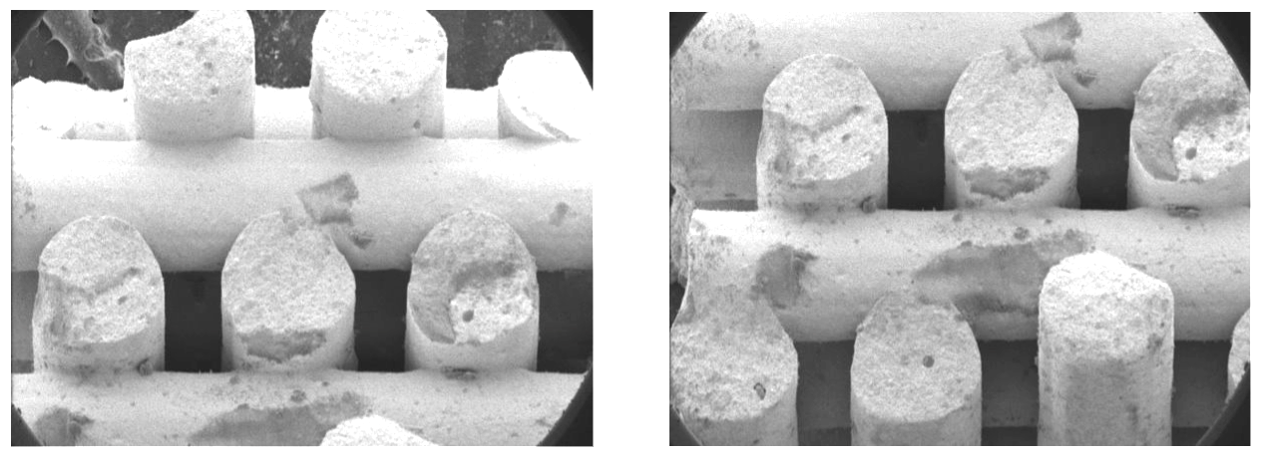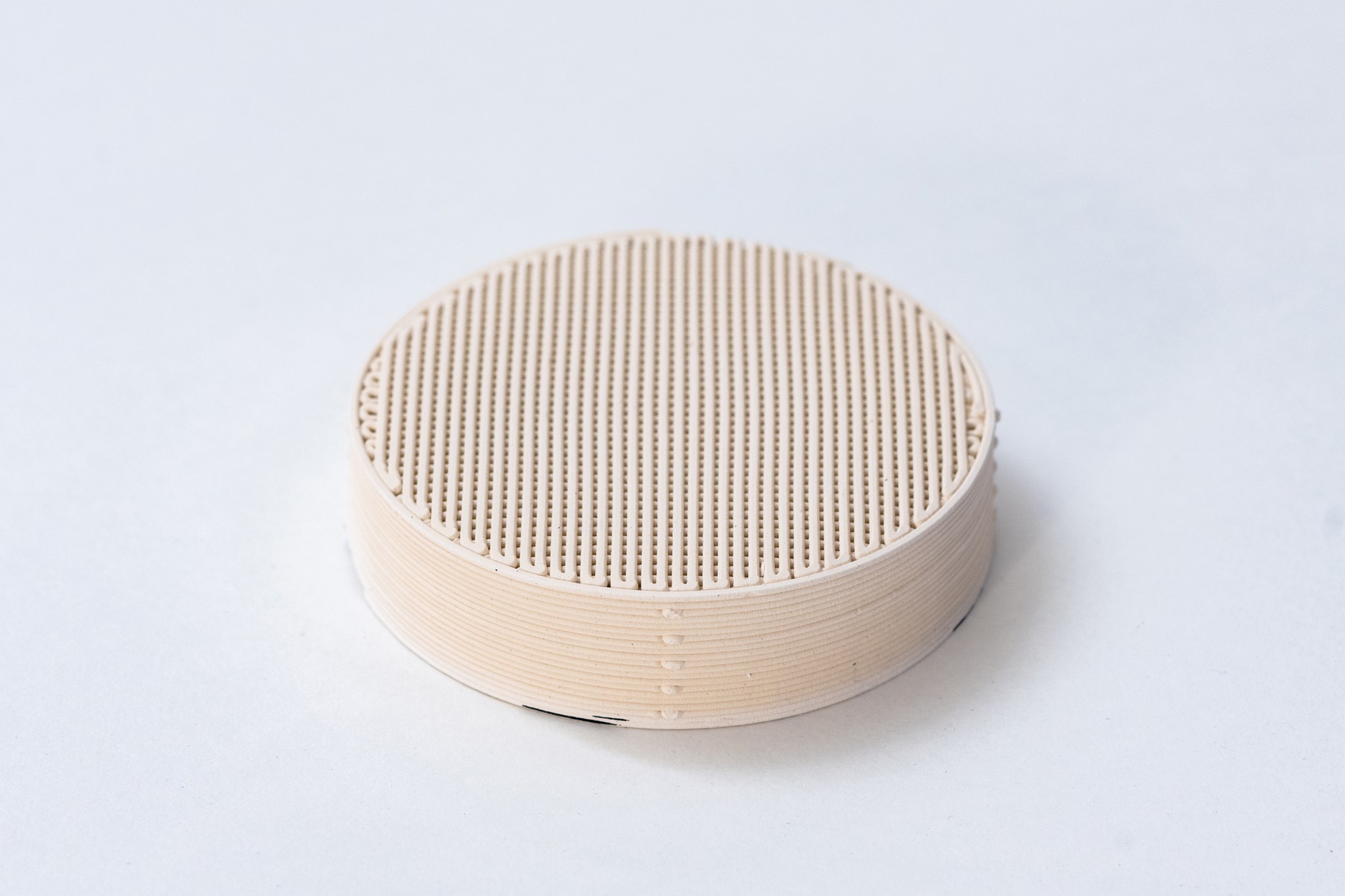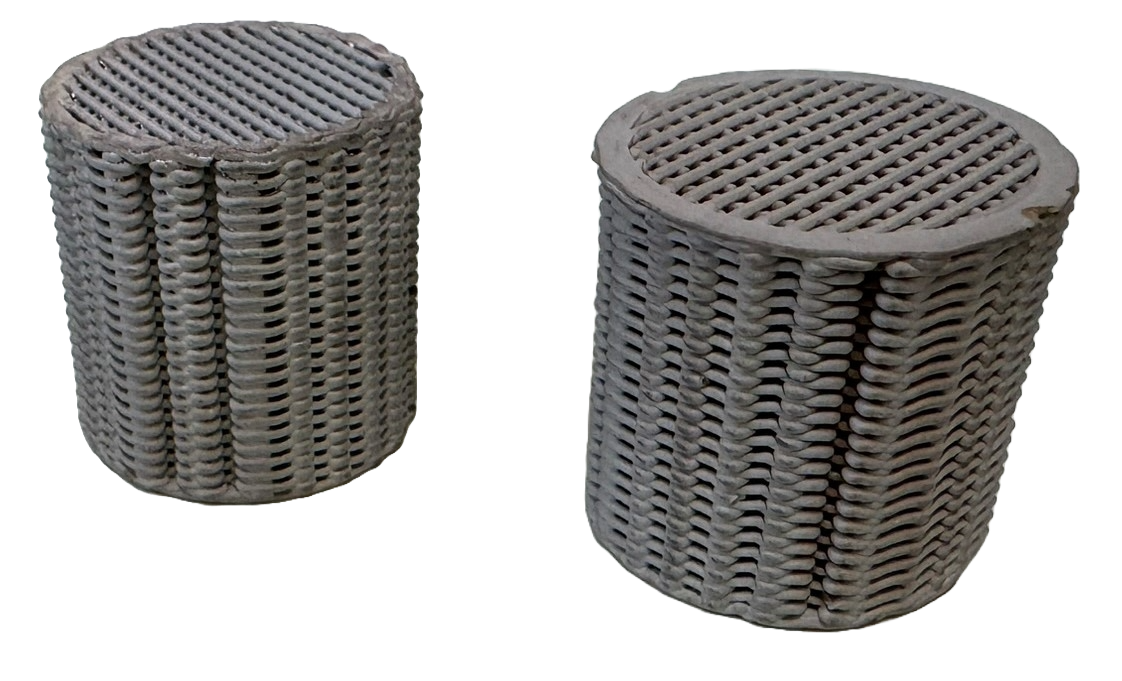The Multifunctional Sorbent Devices (MultiSORB)
NASA’s Environmental Closed-Loop Life Support System (ECLSS) ensures a safe, habitable environment for astronauts by efficiently managing cabin air quality and water purity aboard space habitats. The subsystems within ECLSS must be regenerative (reusable), reliable, and designed to minimize mass, volume, and power consumption.
Most sorbents and catalytic systems used for removing contaminants in both terrestrial applications and within ECLSS utilize pelletized beds. However, these beds are problematic due to high pressure drops, randomized void spaces, handling difficulties, and low thermal heat transfer during regeneration. Beyond the inherent issues of pelletized beds, NASA has faced two major challenges with the use of commercially available, off-the-shelf sorbents and catalysts for contaminant removal: one, these materials can become obsolete, leading to sourcing difficulties for future missions; two, there are significant challenges in manufacturing materials with repeatability and scalability.
To overcome these challenges, the Multifunctional Sorbent Device (MultiSORB) project aims to customize the adsorbent/catalyst paste, 3D print or slip cast the lattices, and embed heaters and sensors into the lattice matrix. This process of customized paste formulation allows for tailoring of the materials to specific adsorption or conversion efficiencies. Moreover, the customized prints or slip casts are designed to produce structures that maximize heat transfer, mass transfer, and pressure drop efficiencies. The specific goals of MultiSORB include creating a paste formulation that is reproducible, fabricating the lattice with consistent rod diameters (Figure 1), maintaining precise gaps between rods, ensuring the correct degree of rod overlap, and achieving the ability to print these lattices in large sizes (Figure 2) with the desired mechanical properties.
POC: Tra-My Justine Richardson
MultiSORB Silver Dosing
Silver-dosed ceramic or zeolitic lattices, which incorporate silver as an antimicrobial agent or functional material within 3D-printed structures. The robocasting process used allows precise placement of materials like silver within porous ceramic frameworks, enhancing the properties of the final product. These structures are optimized for applications like CO2 adsorption and potentially for antimicrobial purposes, leveraging silver’s known properties for improving performance in confined or sensitive environments, such as spacecraft































